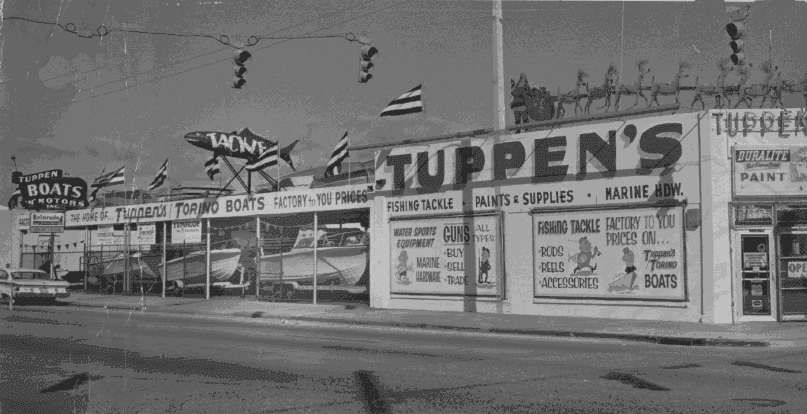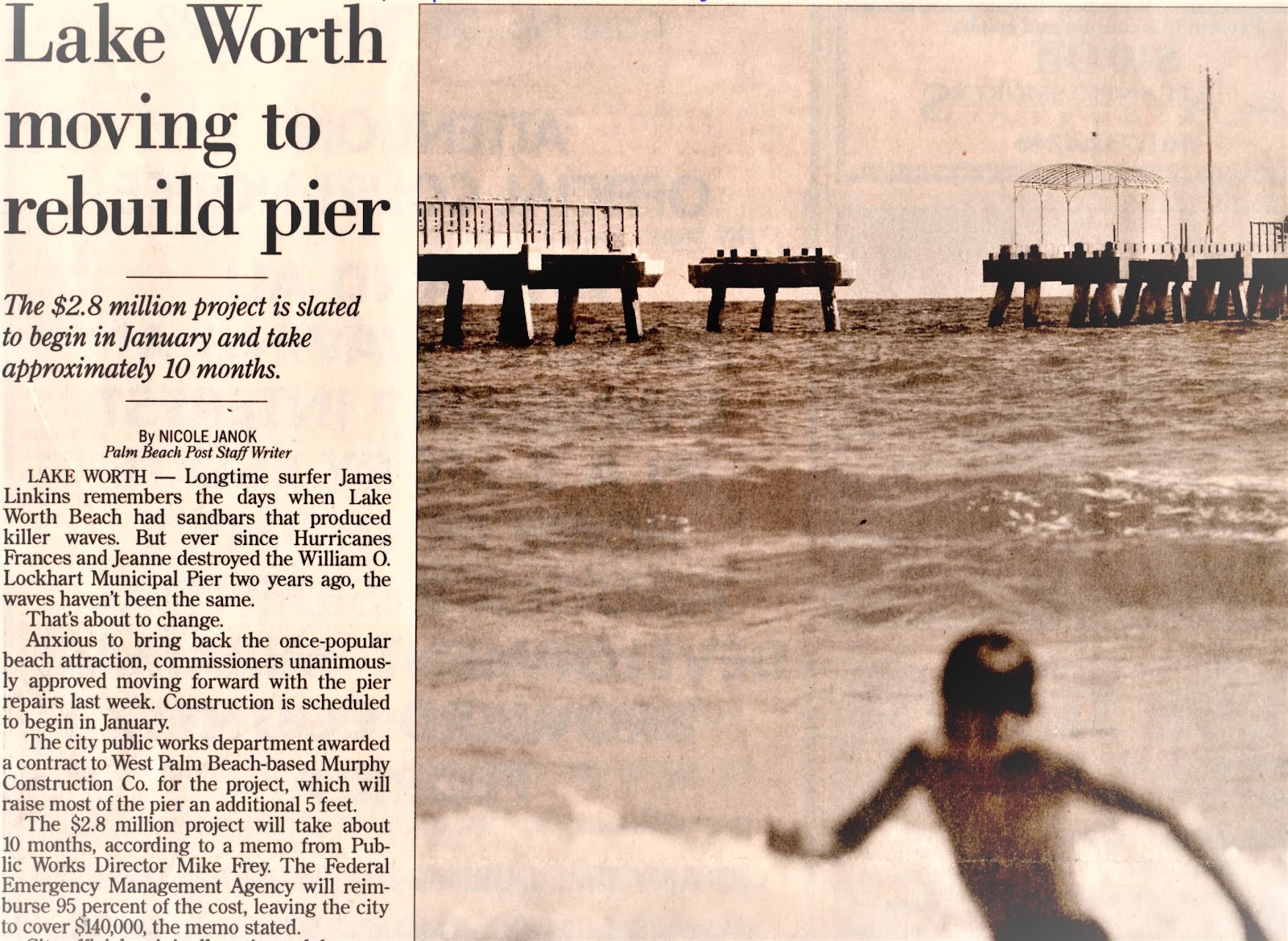What follows will buttress the information from earlier installments about the inherent problems the hotel faces in the modern day, most important being the lack of parking. Below are excerpts from two articles written by Fred Lowery in the Sun Sentinel from the late 1980s. Future installments will focus on events and news from the 1990s going forward to the present day as the hotel now stands, once again empty. Expect a timeline in the future showing the hotel’s ownership under various owners over the years.
It’s crucial to understand the hotel in historical context. In the 1920s boom era hotels were essential for the success of Henry Flagler’s railroad on his way to the Florida Keys. Florida, especially south Florida in the early 20th Century, was an entirely new experience for American adventurists, tourists, business people, and others just wanting to escape the harsh northern Winters. All of these people needed a place to stay and some with the resources required more substantial accommodations that offered the comforts of home to early visitors.
It wouldn’t be until the WWII era and post-war years that motor vehicles would change the landscape of Florida in such a dramatic way. Prior to the WWII era, railroads were “king” and that’s how many tourists travelled to Florida. Dixie Highway in Lake Worth was once a major thoroughfare with motels and hotels strung along the highway much like in other cities along the east coast.
Construction of the Florida Turnpike and later, I-95, drastically hurt the hotels/motels and one by one they went out of business.
In the 1920s no one involved in the planning or construction of the Gulf Stream Hotel envisioned how the motor vehicle would change the country’s landscape. Since nearly everyone arrived by train, there wasn’t a need to plan for parking for a structure of its size. Today, parking is a required and fundamental component of every building project before a shovel ever hits the ground.
Hotels still standing from the 1920s are a rare feature of the built environment in Palm Beach County, the state of Florida and the nation. Many structures from the early 20th Century exist only as pictures in history books or in the memories and collections of historians. From a historic preservation perspective, it’s crucially important to save the Gulf Stream hotel by adapting the structure to present-day tastes and realities.
As we have seen in previous installments in this series the problem with parking at the hotel was understood many years ago. Here is an excerpt from the first article by Sun Sentinel staff writer Fred Lowery from May 14th, 1986 (“Hotel Area’s Renovation Progresses”):
LAKE WORTH -- There still may be a few kinks to work out, but plans are progressing on developing the block that is home to the historic Gulfstream Hotel.Below are two excerpts from another Fred Lowery article dated November 14th, 1989 (“Landmark Gulfstream Hotel In Lake Worth To Reopen”).
For the next two or three years, though, that development is going to flow beyond the block on the southwest corner of Lake Avenue and Golfview Road -- at least to a temporary parking lot on a now-vacant area across Lake Avenue.
This week, city commissioners gave an informal nod of approval to plans for the hotel’s expansion of its parking areas, to be phased in over the next few years.
“We’ve been phasing since we got into the hotel,” said developer Stephen Alex. “We have three to four more years` worth of plans. We’ve got a lot of property to develop, and we’re doing it as fast as we can.”
Plans, he said, include the eventual removal of nearly a half-dozen villas on the hotel grounds to provide parking which, when completed, will still not come up to city requirements.
The villas, however, probably won`t be gone until September 1987, Alex said. If they are not demolished by then, work would be held off until after the 1987-88 winter season.
“Parking is a prime concern,” said City Engineer John Sczymanski. “Traffic (flow) and parking must be more fully developed.”
LAKE WORTH -- From the beginning, there have been heady visions for the elegant hotel on the corner of Lake Avenue and Golfview Drive, even in the pre-boom days before the Roaring ‘20s when Golfview was called Q Street.Here is the second excerpt. If you recall from earlier in this series on the history of the Gulf Stream this deal did not quite come to fruition:
These were visions of a luxury hotel acting as a beacon for tourists from the world over seeking a respite from the world’s hustle.
For much of its life, the Gulfstream has served as a seasonal hotel, opening for winter tourists and then closing during the heat of the summer months.A consistent theme is the need for parking facilities and a way to provide for contemporary lodging expectations by the use of the property west of the historic hotel. We can expect to see a proposal soon from the current property owner. Everyone needs to realize that the future of the historic Gulf Stream hotel hangs in the balance.
The last owners of the hotel, an investment group headed by Steven Alex, had visions of opening it as a year-round hotel, but those ended when the Gulfstream was suddenly closed in early 1987, leaving prospective guests and groups that had booked hotels with meaningless reservations.
When plans to affiliate with a national chain went awry, the property was foreclosed on, and the mortgage holder, Barnett Bank, purchased the property at auction.
The new owners plan to pay cash for the hotel, said attorney Ed Lammi, a former local Finnish counsel serving as legal representative for the buyers.
Once the purchase is completed, Lammi said, the public areas and about 60 percent of the rooms will be opened around the first of the year while the rest of the building is rehabilitated, along with the grounds and outbuildings.
Eventually, Lammi said, the Gulfstream will grow beyond its present building. Plans are to build a two-story parking garage and additional hotel rooms.
In the Sun Sentinel column by Fred Lowery on November 14th, 1989, is a special historical treat that followers of this series will appreciate – lunch at the hotel in 1926:
On March 3, 1926, luncheon guests were offered their choice of boiled pork spareribs with sauerkraut, breaded veal cutlets ala Milanese, fried calf liver on toast with bacon or roast young chicken with dressing and pan gravy, appetizer, salad, vegetables and their choice of hot mince pie, tapioca or peaches and cake for dessert for $1.25.Maybe some time in the near future you’ll be able to order the “Gulf Stream Special” but it will cost more than the $1 it did almost 90 years ago. That one dollar would equal $13.57 in 2015 dollars.
The menu also offered other culinary treats, such as a dozen fried oysters for 90 cents -- oyster stew with a dozen oysters was $1 -- a top sirloin steak for $1.75 or filet mignon for $1.50.
For the really adventurous, there was the lettuce, tomato and sardine sandwich for 65 cents, or the ``Gulfstream Special,`` lettuce, tomato, egg and Russian caviar for $1.
By 1985 the luncheon menu was offering items like pompano almondine for $9.25, linguine with white clam sauce and calamari for $5.95 or quiche for $4.95.





